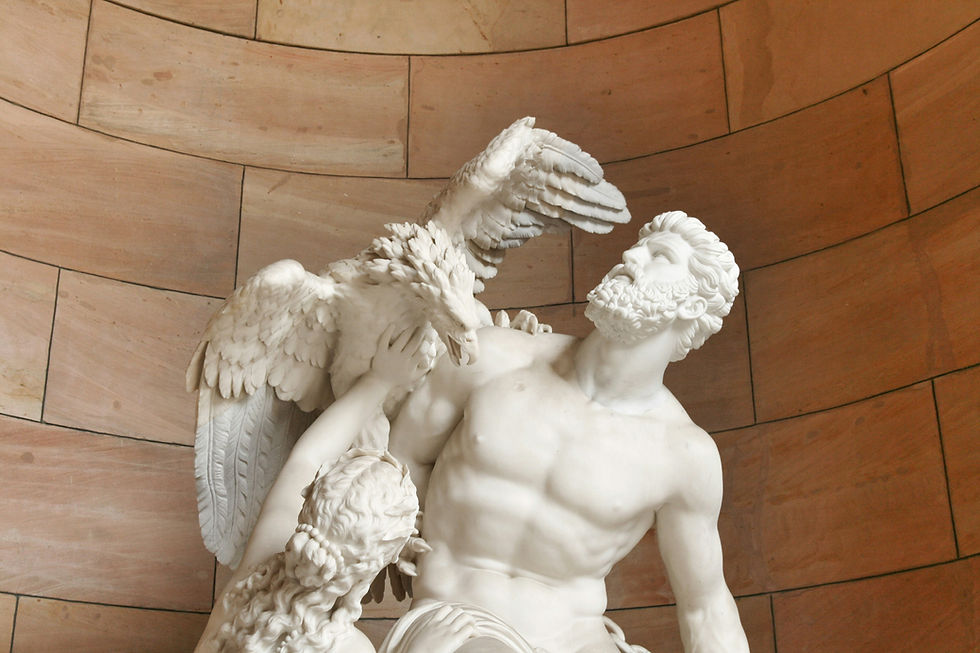Epic of Gesar Khan and Parallels
- Shoichi L. Yajima
- Apr 14, 2024
- 2 min read
In mythology, the legends that span across cultures often share similarities. One such legend is the epic of Gesar Khan, as recorded by Japanese linguist Professor Katsuhiko Tanaka in his work “Nihon-kiso-bunka-no-tankyū: Nihon-minkan-denshō-no-genryū.” (The book itself is edited by Hisako Kimishima and it’s a multi-author work including Tanaka). This legend, told among the Buryat people, presents a celestial narrative that echoed the biblical War in Heaven.
It's important to mention that the legend of Gesar Khan according to Buryat oral tradition is drastically different from the Beijing version(北京木版本:1716).
The tale begins with a division in the heavens. The Western heaven was home to fifty-five deities, with Hormusda-tengri reigning supreme. Meanwhile, the Eastern heaven housed forty-four deities, led by Atā-ulān-tengri. A fierce battle ensued between Hormusda and Atā-ulān for control of the Central heaven, a realm unclaimed by either side. The conflict culminated in the defeat of Atā-ulān, who was cast down to Earth by Hormusda.
From Atā-ulān’s fallen form arose eight dæmons, each emerging from a different part of the deity’s body. Gar-durme-khan, born from the head, was a shape-shifting entity with a multitude of eyes. Other dæmons included the unnamed lord of the forest, Sylem-mināta, Abraga-sesën-mangatahai, and the three sisters of Lopsgoy. These malevolent beings brought forth calamities upon the Earth, tainting water sources and spreading pneumonic diseases among the Buryat people (Coughing was an ailment that the Buryat People find it to be the most troublesome).

Parallels with Judeo-Christian Narratives
The narrative bears a striking resemblance to the Judeo-Christian story of Lucifer’s rebellion against Yahweh. Like Lucifer, Atā-ulān’s insurrection led to a fall from grace and the subsequent introduction of evil into the world. In response to the chaos unleashed by the dæmons, Hormusda dispatched his youngest son, Gesar Khan, to Earth. His mission mirrored that of Jesus Christ, sent by Yahweh to offer salvation. Both Gesar Khan and Jesus experienced humble beginnings and were perceived as outsiders during their youth.
The parallels between the legend of Gesar
Khan and the biblical accounts are not merely coincidental; they reflect a universal theme of good versus evil, divine intervention, and the hero’s journey. Such stories resonate across different cultures, suggesting a shared human experience that transcends geographical and temporal boundaries.
This exploration of Gesar Khan’s legend offers a glimpse into the common threads that weave together the diverse fabric of human mythology. It invites us to consider the ways in which these narratives shape our understanding of the world and our place within it.
This post is edited by Bane of Babylon Team from messages of Shōichi L. Yajima with the permission and help of Shōichi L. Yajima himself.



